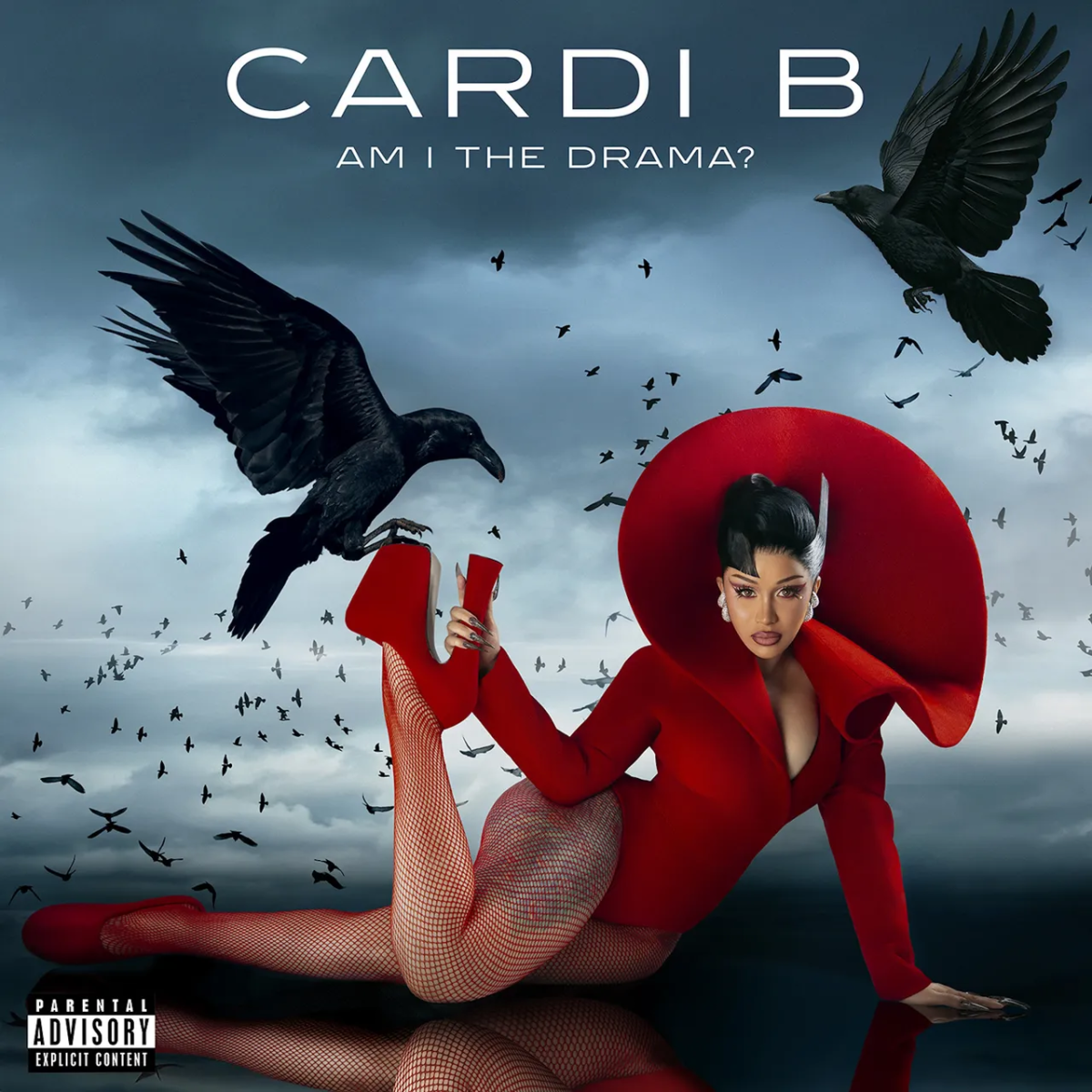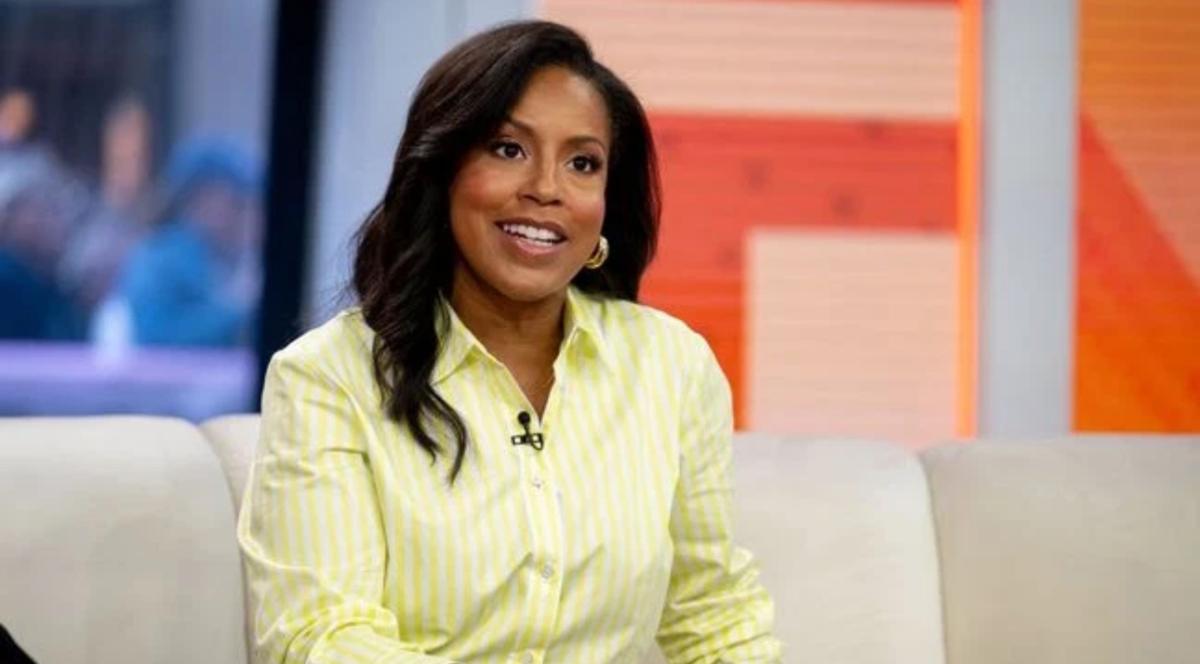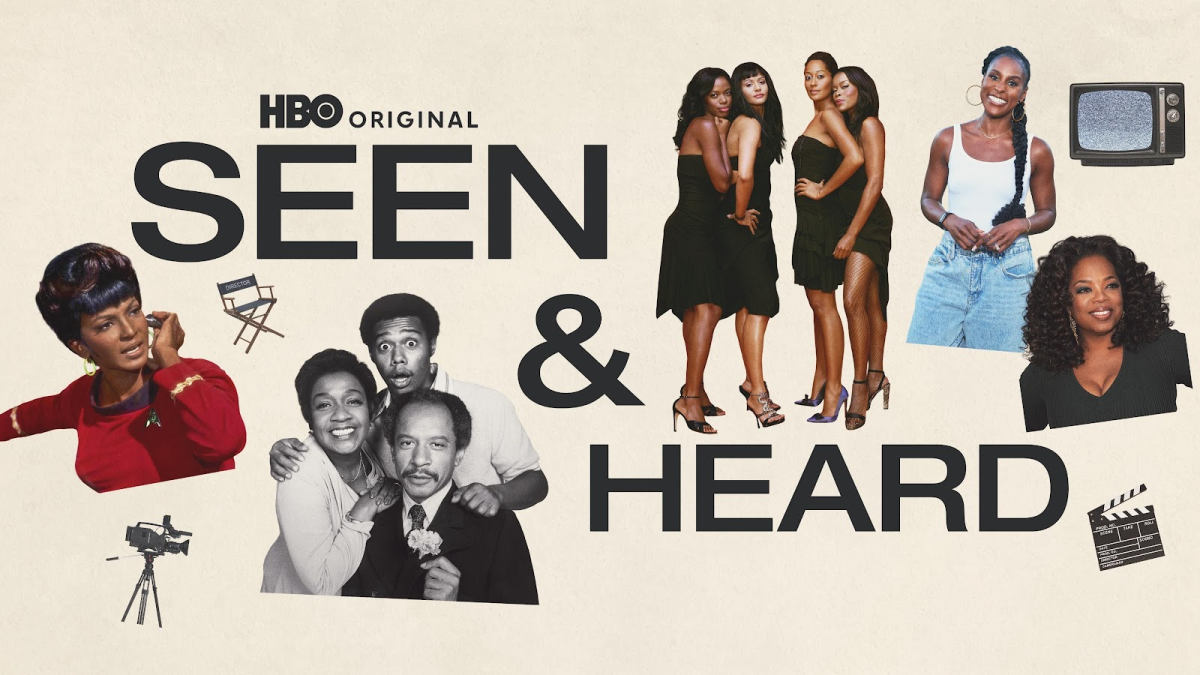Director Todd Phillips takes us back into the twisted mind of Arthur Fleck in Joker: Folie à Deux, the highly anticipated follow-up to his controversial yet wildly successful 2019 film, Joker.
Joker sparked conversation upon its release with a decent amount of critics such as Ani Bundel saying that the film asks us to sympathize with an “‘incel’ like white male”. Despite the media storm, the film still managed to be a smash hit financially, making $1 billion worldwide according to the Hollywood reporter.
Many viewers praised Joaquin Phoenix’s performance in Joker as the lead Arthurt Fleck and found the film to be a compelling character study, but others criticized it for being too derivative of previous films, specifically the 1979 film Taxi Driver from critically acclaimed director Martin Scorecese.
Widdi Zougouri, a junior at N.C. A&T shared his thoughts on Joker.
“I watched it [ Taxi Driver] after Joker and I was kind of like ‘oh okay I see where they are getting it from’…I don’t think it really took away from my enjoyment of the movie [Joker],” Zougouri said.
In some ways, Joker: Folie à Deux feels like director Todd Philips is directly trying to respond to the 2019 criticism as this sequel feels very different from the first film and is unlike any big-budget release this decade. Musical numbers and courtroom monologues are aspects that most audience members would have never thought to be present in a sequel to Joker but here they are in full force.
While all of these elements may seem intriguing together on paper, unfortunately, I do not think that Philips uses these elements to create something worth watching.
Joaquin Phoenix and Lady Gaga do the best with what they are given but it was not enough to carry this film. This was my first time seeing Lady Gaga in a film and she was pretty entertaining on screen but she is somewhat underutilized. Aside from her moments in the musical numbers, her character Harley Quinn comes off as very uninteresting.
The relationship between the Joker and Harley Quinn is iconic at this point, with a variety of different iterations in film and comics, I thought that this film would try to take their relationship in a much more interesting direction. But in this film we essentially get the standard dynamic that we have come to know from them, portrayed in a very bland way.
The only aspect of this film that the word “bland” does not apply to is the visuals. Cinematographer Lawrence Sher crafts some really captivating imagery with his camera placement and use of silhouettes.
Joker is a very pseudo-intellectual film. It has a great lead performance and an intriguing visual style but the film presents itself as offering more than what it is actually giving in terms of its themes and story.
This same sentiment can be held towards Joker: Folie à Deux , in fact this film is even more hollow than the first as it takes one of the main themes of the first film and continually hammers the idea home without further developing it in any way, shape, or form. Viewers will likely come out of this film feeling as if they wasted their time because the film doesn’t provide anything new thematically that wasn’t already present in the first film.
This film comes off as more of an experiment that Warner Brothers gave Philips the money to create since the first film was such a huge financial success.
Even with more unconventional ventures there still needs to be some sort of clear vision that is apparent within the final product. The vision Philips had for this film is blurry and fails to become any clearer by time the credits roll.













